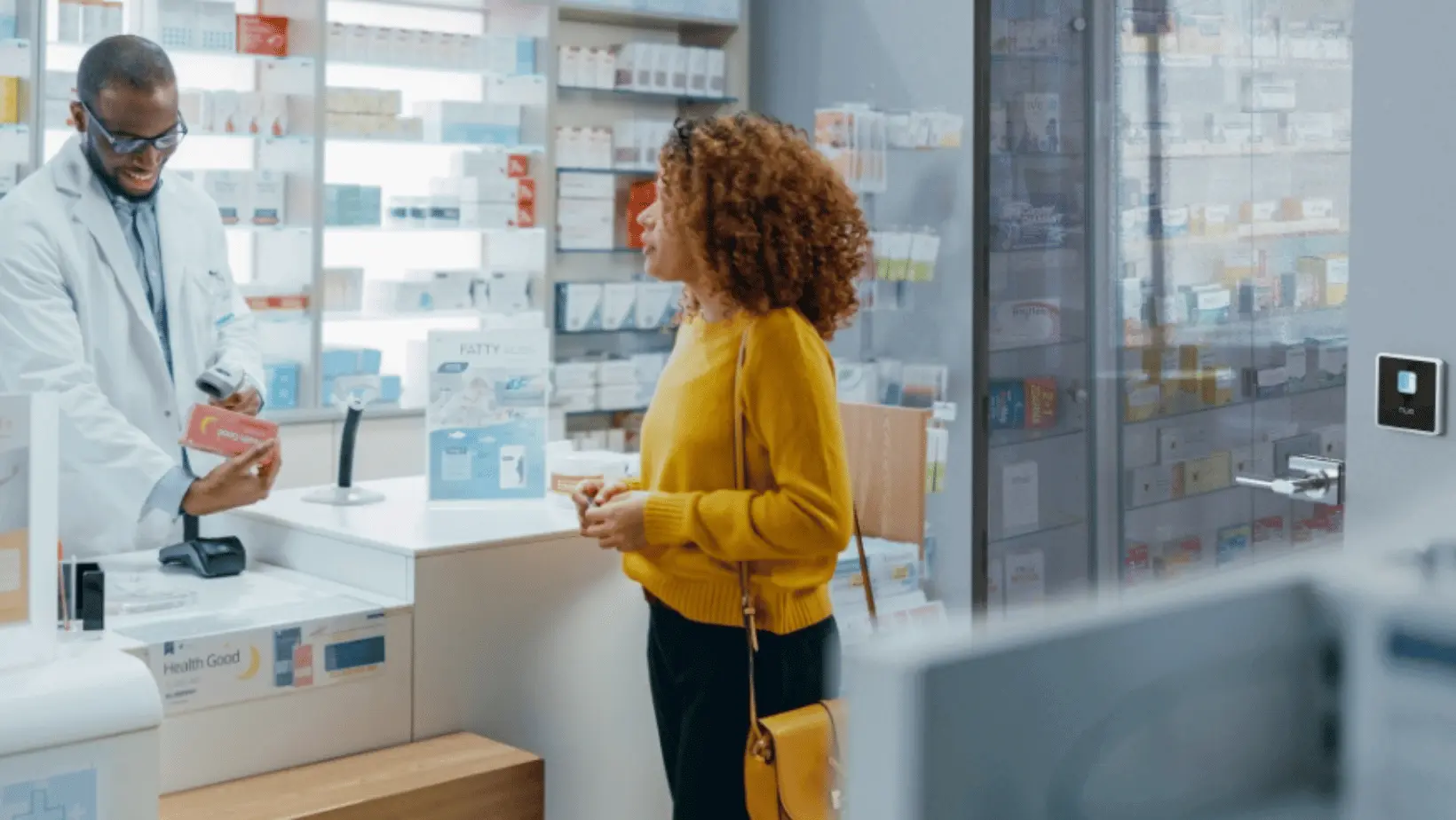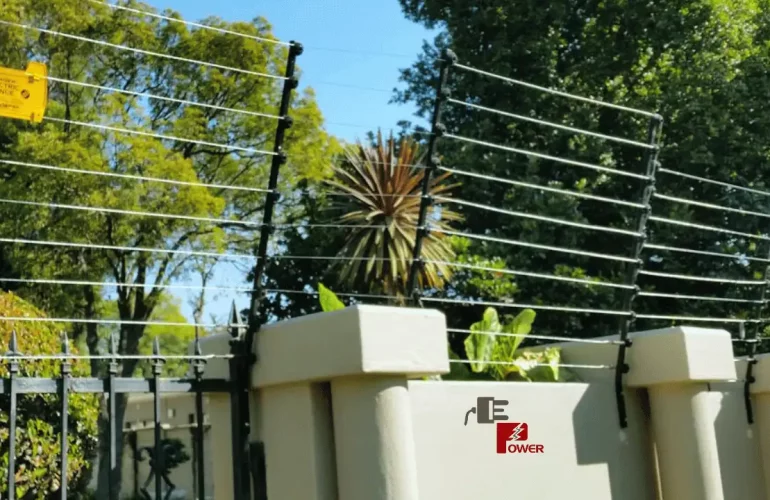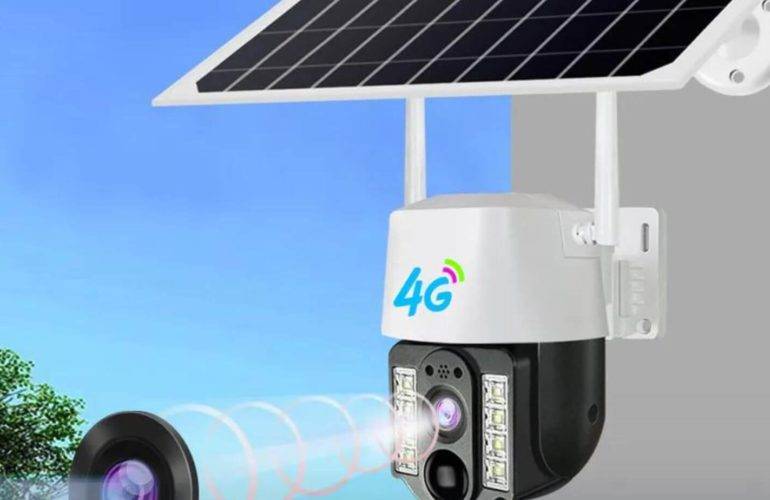Secure Your Healthcare Facility with Access Control Systemm: Protecting Patients and Staff
Your primary concern as a healthcare facility is the safety and well-being of your patients and personnel. Access control system is an important part of providing a secure environment in which they may feel safe.
In this post, we will look at the importance of access control systems in healthcare facilities, best practices for access control, and how to select the correct system for your business.
What is Access Control System?
Access control is a type of security measure that controls who has access to a specific area, building, or resource. Locks and keys are examples of physical security, while smart cards, biometrics, and PIN codes are examples of technological security.
Access control systems can be used in healthcare settings to restrict access to patient rooms, drug storage areas, laboratories, and other restricted locations.
The Importance of Access Control System in Hospitals and Health Centers

1. Ensuring patient privacy and confidentiality
By restricting access to sensitive areas, access control systems can assist protect patient privacy and confidentiality. Only authorized workers, for example, should have access to medical records and personal information.
2. Protecting against theft and vandalism
Access control systems can help prevent theft and vandalism by restricting access to high-value areas like prescription cabinets and equipment storage rooms.
3. Mitigating the risk of workplace violence
Healthcare employees are more vulnerable to workplace violence, with 75% of workplace assaults occurring in healthcare settings. Access control systems can assist in mitigating this risk by restricting access to specific areas and ensuring that only authorized individuals are there.
4. Maintaining regulatory compliance
Access control systems can assist facilities in maintaining compliance by ensuring that only authorized personnel have access to sensitive information or hazardous products.
Access Control System Best Practices in Healthcare

Conducting a risk assessment
Before installing an access control system, it is critical to undertake a risk assessment to identify potential risks and weaknesses. This assessment will assist you in determining which parts of your facility require access control and what type of system will be most successful.
Implementing the right access control system measures
There are plenty of sorts of access control mechanisms available, including card readers, biometric scanners, and PIN codes. It is critical to select the best measures for your institution depending on your individual needs and budget.
Training staff on access control system protocols
Even the finest access control system will be rendered worthless if staff employees do not understand how to utilize it. It is critical to instruct all workers on how to utilize the system and their duties in ensuring facility security.
Choosing the Right Access Control System
When selecting an access control system for your healthcare facility, there are several factors to consider, such as:
- Scalability: Will the system be able to accommodate future growth and expansion?
- Integration: Is the solution compatible with existing security and information technology systems?
- Cost: What is the system’s initial cost, and what are the continuing maintenance costs?
- User-friendliness: Is the system simple to use and maintain?
- Compliance: Does the system fulfill regulatory and industry standards?
Common features of access control systems for healthcare settings include:
- Role-based access control: This feature enables administrators to grant different levels of access to different jobs within the facility, ensuring that staff only have access to the areas required to complete their job obligations.
- Audit trails: allow administrators to track who has accessed specific locations and when, adding an extra layer of security and responsibility.
- Integration with other systems: To provide a comprehensive security solution, many access control systems can be combined with other security and IT systems, such as video surveillance and intrusion detection.
Conclusion
Access control is a critical component of providing a safe and secure environment for patients and workers in healthcare facilities. You may preserve patient privacy, minimize theft and vandalism, reduce the risk of workplace violence, and maintain regulatory compliance by applying best practices and selecting the correct solution for your institution. To begin safeguarding your healthcare institution, Contact Easy Power Co. Ltd. at +256789931735.




